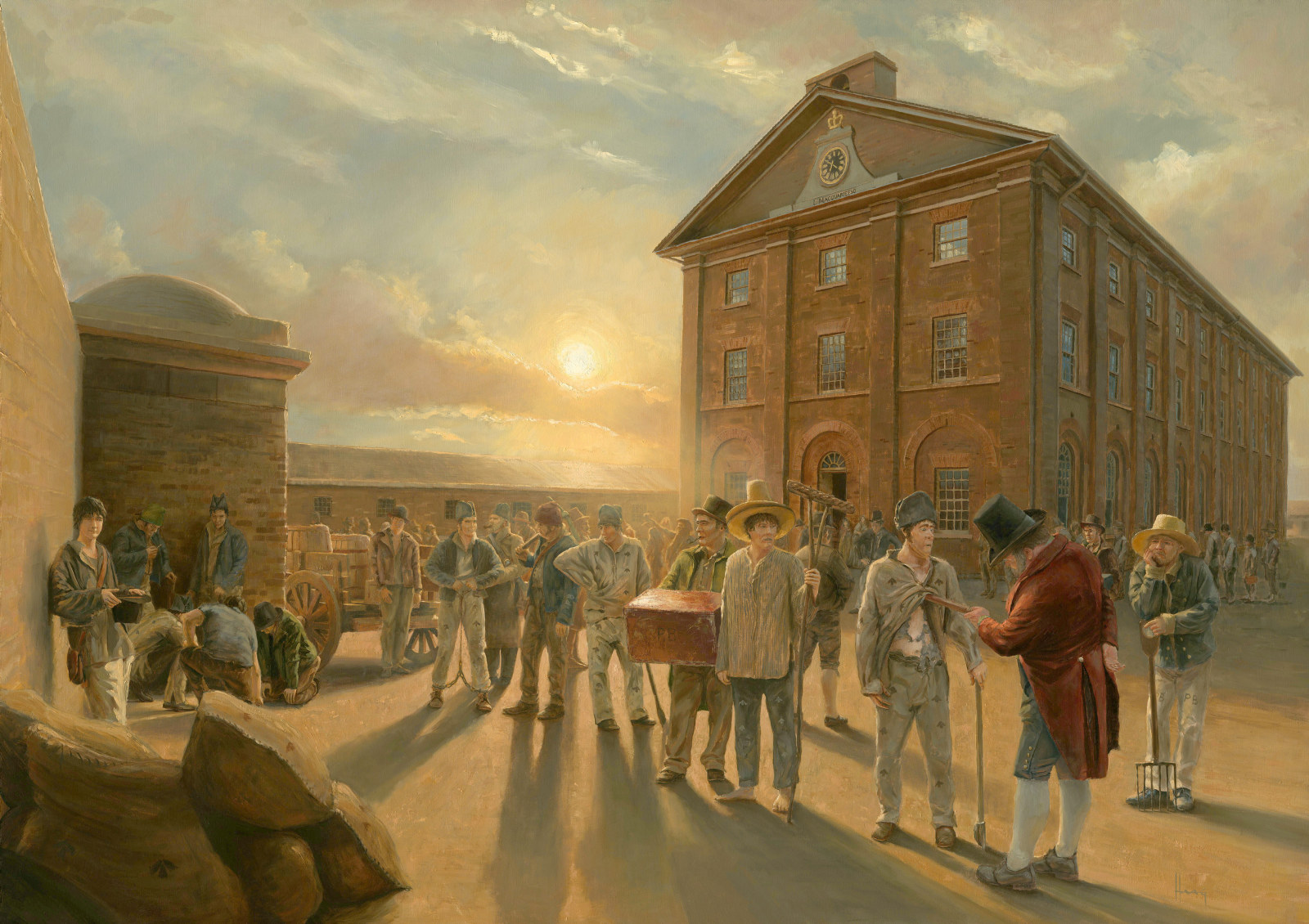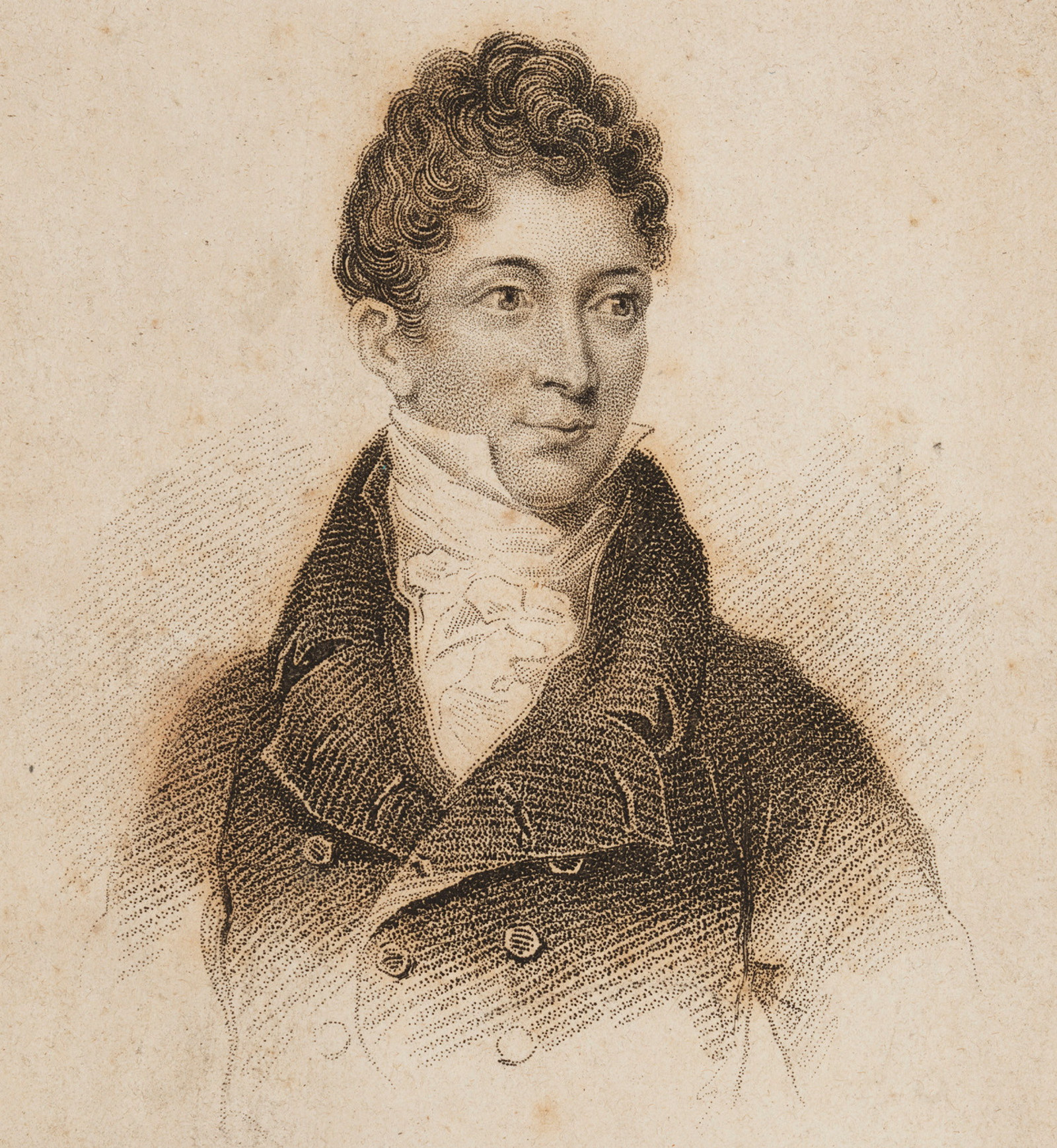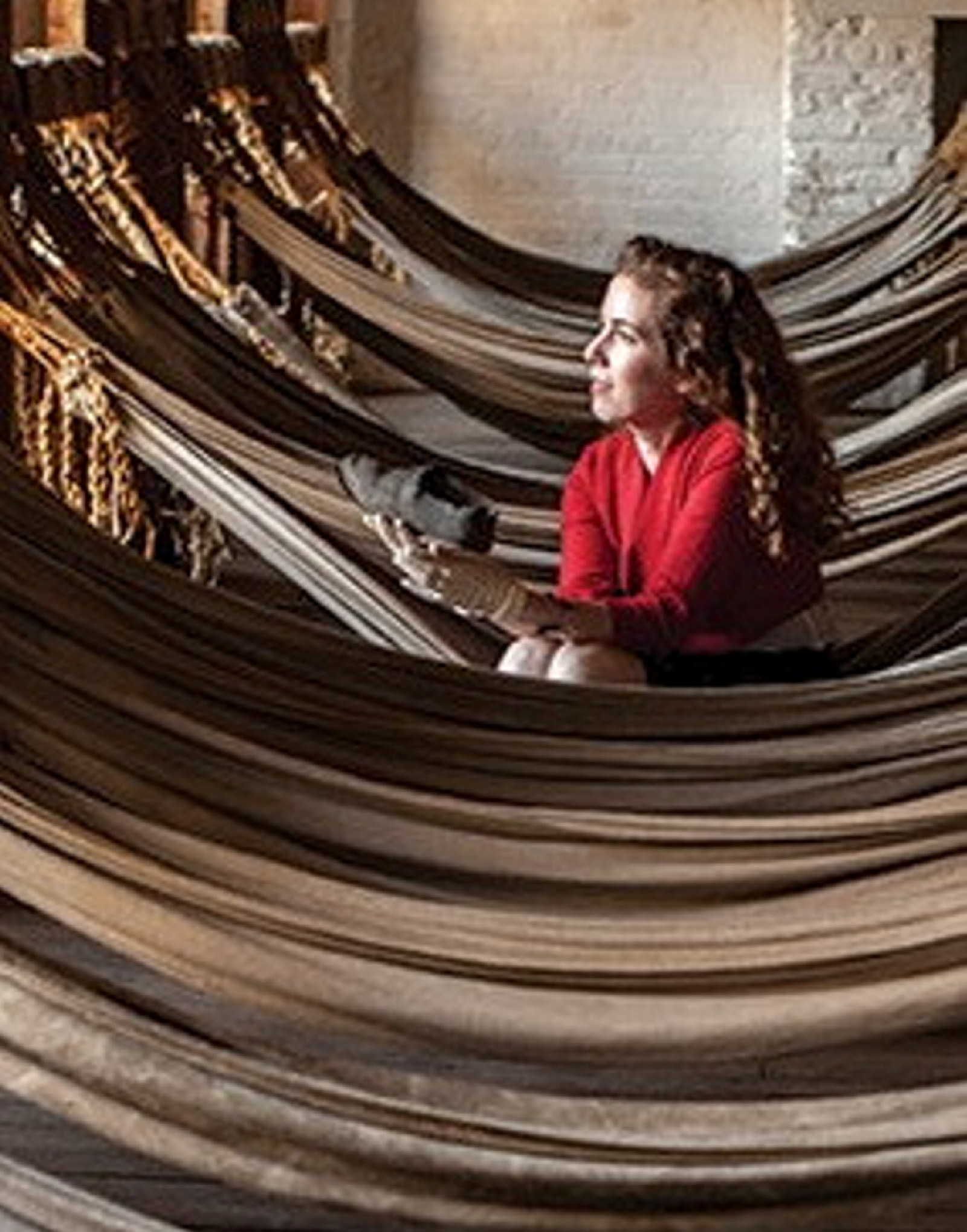Francis Greenway
Convicted forger, government architect
Arrived 1814 on General Hewitt
Francis Howard Greenway, self portrait (attrib), 1814 - 1837. State Library of NSW ML 482When Francis Greenway was appointed Civil Architect by Governor Lachlan Macquarie in March 1816, he became the first government architect of New South Wales, a post which celebrated its 200th anniversary in 2016.
Francis Greenway (1777–1837), the architect of the Hyde Park Barracks, was born in England and came from a long line of architects, builders and stonemasons. He arrived in the colony of New South Wales as a convict in 1814, after being found guilty of forging a document. His skill as an architect quickly caught the eye of Governor Lachlan Macquarie, an enlightened thinker who had grand building plans for the colony.
The collaboration of Greenway and Macquarie transformed Sydney from a penal colony into a civilised Georgian town. Their architectural mark can been seen clearly in the surviving colonial buildings at the southern end of Sydney’s Macquarie Street – the Hyde Park Barracks, St James’ Church and even the General ‘Rum’ Hospital.
Completed in 1819, the Hyde Park Barracks was the first building Greenway designed in his role as Civil Architect. Through the extensive and diverse range of buildings he designed in the role, Greenway sought to improve urban planning and the quality of design and construction in the colony.
The role Greenway began in 1816 has endured for over 200 years, with the position renamed Government Architect in 1890.
Receiving a full pardon on the completion of the Hyde Park Barracks, Greenway could have freely chosen to leave the colony. Instead, he stayed, going into private practice. With a reputation for arrogance and conflict, he quickly fell out of favour with clients and the government before dying alone and penniless, at the age of 59. He was buried in an unmarked grave in the Hunter Valley.

Convict Sydney
Convict Sydney
From a struggling convict encampment to a thriving Pacific seaport, a city takes shape
Published on
Convict Sydney
Browse all
Convict Sydney
James Hardy Vaux
Some convicts were transported more than once. Vaux was sent to the colony three times, each time arriving under a different name

Convict Sydney
Pick of the crop
Convicts could earn good money doing private work, so many tried to conceal their skills during the initial muster to avoid being assigned to government projects

Convict Sydney
Instructions to the Superintendent
Written as a guide for the Superintendent of Convicts and his staff at Hyde Park Barracks, this 1825 booklet was effectively the rule book, and outlined procedures for the daily administration of the institution

Convict Sydney
Harbourside Gothic: The convict origins of Vaucluse House
Its architectural style is not all that is gothic about Vaucluse House. Discover the dark history of the house’s first owner, Henry Browne Hayes
